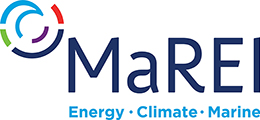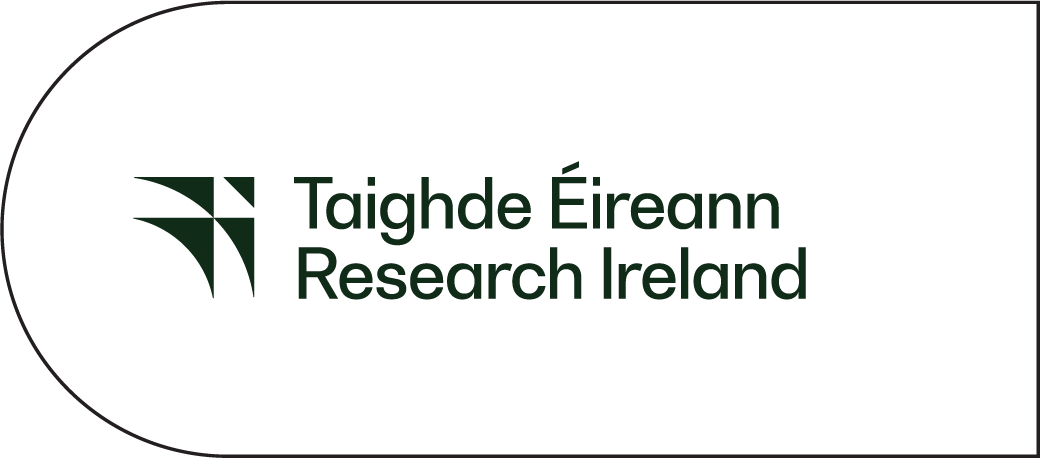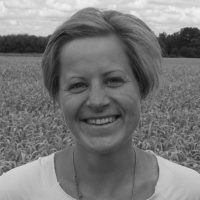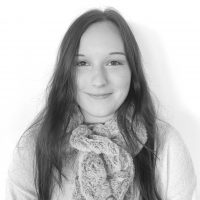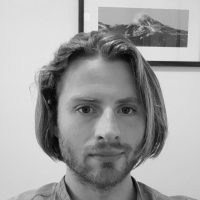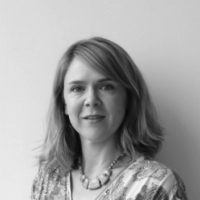
#FindWhereFound & Seaweed Poetry – Citizen Science & Art on the Road Across Europe
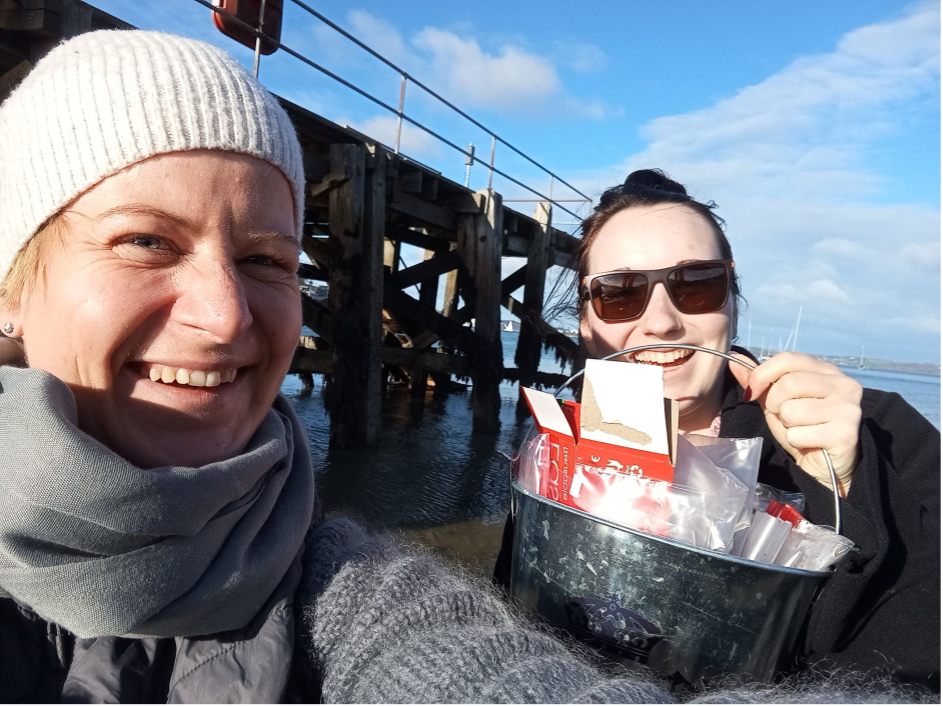
MaREI team at the University College Cork (UCC), with colleagues from Portugal and in collaboration with the SPOTTERON Citizen Science App Platform team, has developed art-based herbarium specimens of seaweeds washed ashore from coastal areas of Ireland – particularly nearby Gobby beach at Ringaskiddy. Ellen Hutchins (1785-1815) is the historic figures which inspired the #FindWhereFound initiative to take place.
This initiative aims to inspire the viewer’s curiosity and offers a hands-on ocean literacy example. The name #FindWhereFound represents the idea that the viewer can find the exact place the seaweed was found. Each specimen’s information includes the exact location at which the seaweed was collected via a QR Code. These QR Codes in turn lead to the COSEA App digital map allowing the viewer to see the collection point, the observed habitat type and the timeline as well as to engage with the observation.
#FindWhereFound started as a small exploratory adventure where part of the UCC MaREI team visited the nearby beaches and collected a diversity of seaweeds.
Researcher
MaREI
Researcher
MaREI
Researcher
MaREI
Along this journey, #FindWhere Found merged additional element into this initiative, which is poetry – #SeaweedPoetry. While discussing with colleagues from Portugal, a survey was developed to reflect how seaweed art works as well as self-made poems may support answering a question on how a viewer feels when you are near an ocean or sea. The first trial was done during Ellens’ Hutchins celebratory event, UCC Sustainability Institute (February, 2025). The methodology of self-made poetry making can be further read in the open-access book chapter – Herbarium with Poetry: How to Connect People and Plants. In: Bentz, J., Ristić Trajković, J. (eds) Imagining, Designing and Teaching Regenerative Futures: Art-Science Approaches and Inspirations From Around the World. Science for Sustainable Societies. Springer, Singapore.
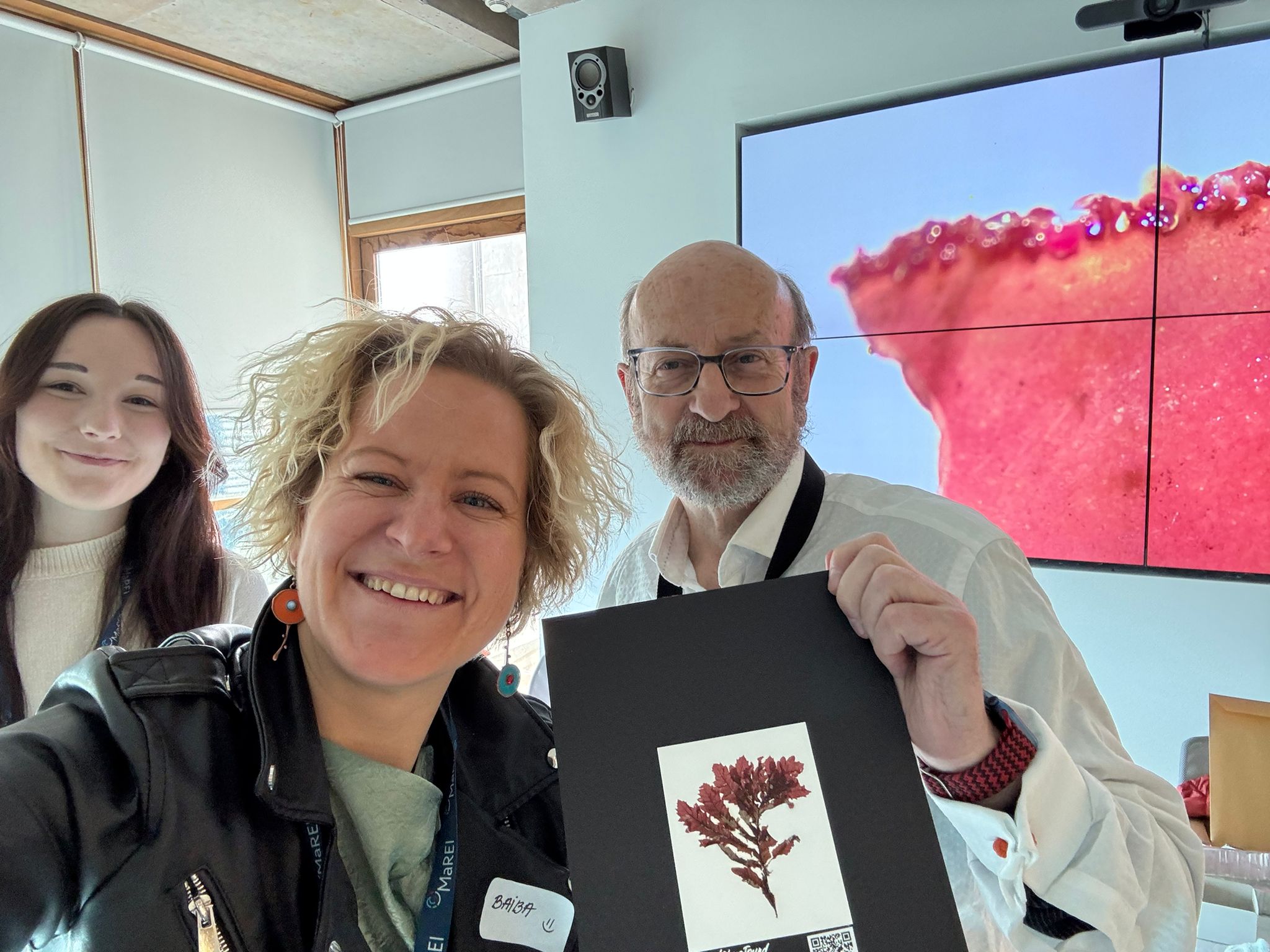
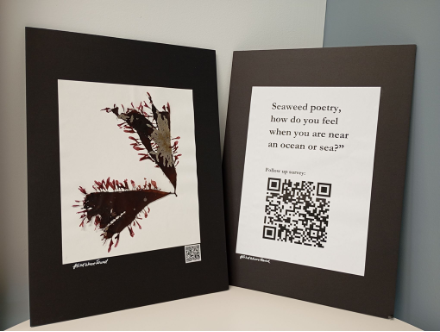
The ocean
Drawn in and
Enthralled by its power
Life"
The Ocean roars!
It brings its treasures
Through the rolling movement generously gifting those
To us"
Additionally, #FindWhereFound collection continued to grow throughout 2025 and was displayed across European Maritime Days (Cork, Ireland), EU Algae Summit (Berlin, Germany) and The International Womyn’s Theatre Festival (IF*TF) (Frankfurt, Germany). The ongoing work can be seen in the #FindWhereFound Profile in the COSEA App: https://www.spotteron.com/cosea/users/104733/spots. The initiative was also presented at The European Marine Science Educators Association (EMSEA) conference in Belgium (2025). The poster is available on ResearchGate.

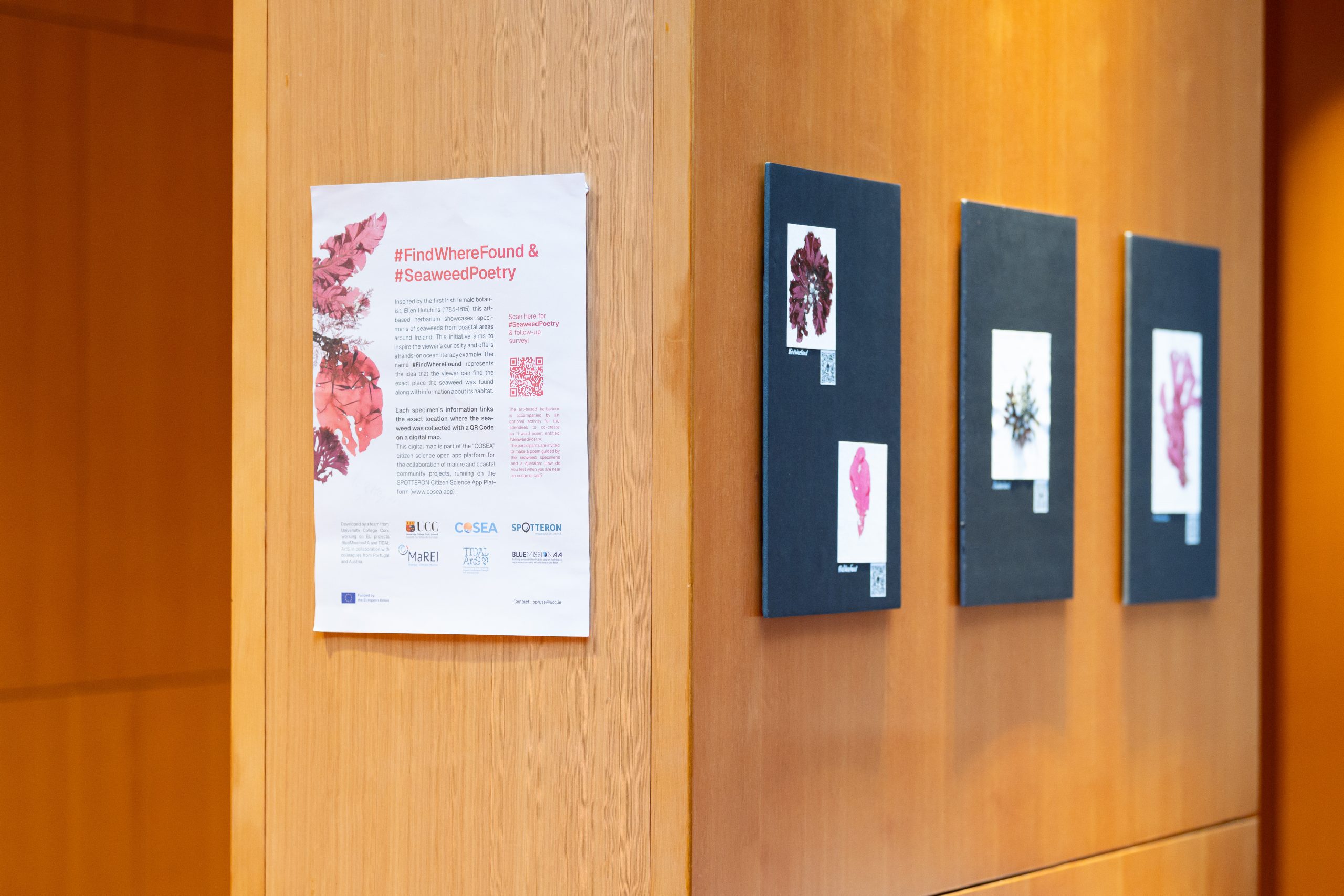
The spirit of #FindWhereFound is linked with citizen science – the idea of exploring the local neighbourhood and allowing to question and through that notice even more each time the coastal visit takes place. In a way, it is a movement which encourages the viewer to visit the place where the specimen was collected and join the exploration!
#FindWhereFound team thanks TIDAL ArtS and BlueMissionAA EU project teams for the encouragement and support.

